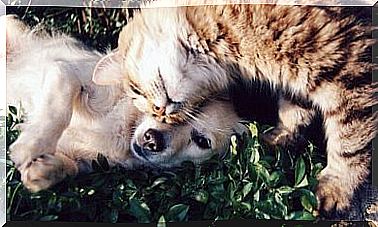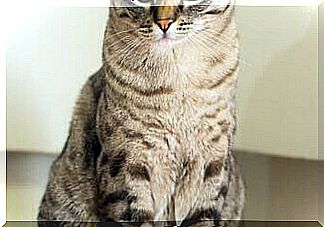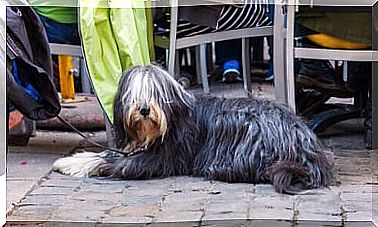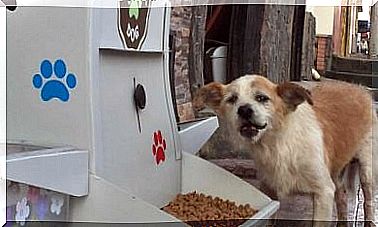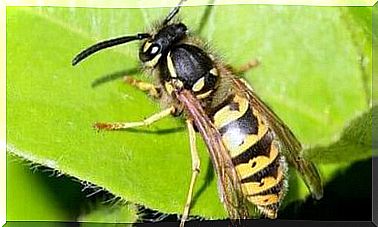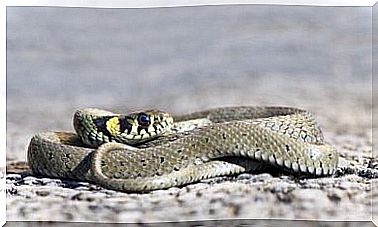Special Food For Puppies

Just like adults and babies, older dogs and puppies also need certain types of nourishment. Today we will discuss with you the topic of special food for dogs.
One of the biggest differences between puppy food formulas and those for adult dogs is that in the former case the caloric intake is higher.
As they grow older, dogs need to consume more and more calories to meet the energy demands needed for healthy growth. As a rule, dogs reach their final size as adults, around 12 months of age; it is therefore essential, during their first year of life, to provide them with the right caloric intake through several meals a day.
Furthermore, the caloric contents of a food can be more or less adequate according to the specific needs of each dog; You can find information on the caloric breakdown of a product both on the manufacturer’s website and on the dog food package itself.
Keep in mind that in addition to age, other variables also affect a dog’s diet choice, including its size and breed. So make sure you make the right choices to provide your dog with the most effective nutrition.

Author: MickiTakesPictures
The content of the food
The different stages of a dog’s life involve some changes with respect to the nutritional needs of the animal, not only in terms of calories. The ingredients must include:
Proteins
Protein is essential for a dog to stay healthy and grow. They give the animal essential amino acids for the functioning of its organism. Out of the 22 essential amino acids for dogs, 10 must be consumed through diet alone. Due to the dog’s considerable growth and rapid development during the first stage of its life, puppies will need more amino acids than adult dogs.
One of the main functions of these substances is related to the development of their immune system.
Fat
Fats are an important source of energy for dogs. In addition, they improve the taste of dry food. Dogs whose diets include an adequate level of healthy fats, have better ability to protect themselves from the cold, enjoy a better proportion of body fat, and are more adept at any task that requires muscle use. Fat is also a source of calories in puppy food.
Dietary fiber
Fiber is not considered an essential nutrient for dogs. However, since it is an ingredient in dog food, it is always present in any food. While there is no scientific evidence to suggest that younger dogs need more fiber, fiber intakes can contribute to the health of their digestive system.

Omega-6 fatty acids
Omega-6 fatty acids, also known as linoleic acids, are substances at the base of any dog food: they are essential for maintaining the shine and hydration of skin and fur. In the case of puppies, which are usually more sensitive and have an accelerated growth process than adult dogs, the levels of omega-6 fatty acids required for the skin are higher.
Omega-3 fatty acids
The role of omega-3 fatty acids in the diet is fundamental for the balance of omega-6 fatty acids; they serve to prevent the production of inflammation caused by the intake of omega-6 fatty acids.
Can doggies take cat food?
A common and often widespread error among the population is based on the belief that the contents of dog and cat puppy foods are similar to each other. This myth often leads dog owners to believe that if they run out of dog food, they can replace it with cat food.
However, it is good to remember that puppies have very different nutritional needs from kittens, and that reversing their feed could be harmful to their health.



